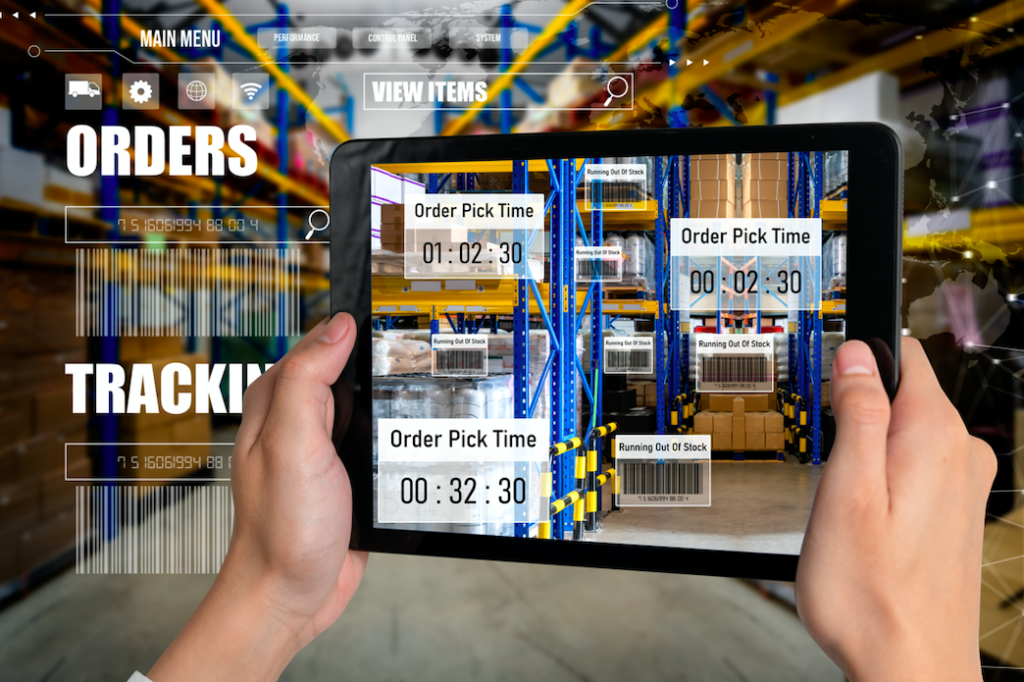For increased levels of product availability and dependability, well-maintained and organized storage is essential. Regardless of the size of the area, operators may need to be aware of managing such facilities properly. But before diving in to running a well-managed storage facility, you need to first understand what a fulfillment center is and its purpose.
How Do Fulfillment Centers Work?
A fulfillment center is a physical facility where a fulfillment company fills client requests for e-commerce retailers. Such facilities are available to ensure that online purchases are delivered to clients on time, relieving e-commerce businesses of the burden of handling an important but difficult procedure.
There are several advantages to having a well-managed fulfillment center—it improves order and inventory accuracy, it’s more efficient, and it can enhance warehouse storage capacity. Generally, it can significantly assist you in keeping track of your inventory and organizing your products or goods.
So how do you go about managing your storeroom? Do you intend to organize things the same way companies like CribMaster Australia does to some industrial environments? After all, fulfillment centers have a lot of aspects that must all function together at the same time—from the processing of customers’ orders to the preparations during peak shopping seasons.
With that in mind, in here you’ll learn quick tips to help you successfully manage your fulfillment center.
Tips In Managing Storerooms For Fulfillment Centers
Fulfillment facilities acquire inventory, sort and store items in their appropriate boxes, rack, or pallet locations, and maintain records of items on hand. Aside from that, clients don’t expect their goods to be lost, damaged, or stolen. Ultimately, fulfillment facilities will require storeroom management solutions.
You can improve the effectiveness of your inventory and general storeroom management by following these tips:
1. Take Control Of Each Item
You may not be able to address every difficulty that fulfillment centers will encounter, but the unforeseen circumstances could be smoothed out with well-planned inventory management strategies. To help you out, here are a few ways you can take control of your inventory:
- Establish Minimum Stock Levels: Have enough stock, but you don’t need to fill your shelves to the brim. This is to maintain a balanced inventory level while minimizing your costs by controlling how much you should stock up.
- Know The Process: In the supply chain, a lot could happen during the transportation of the products. An unexpected delivery delay, a sudden demand on a certain item, or other faults might all wreak havoc in a once-orderly supply chain. As a result, you need to understand all the links in your supply chain to help you stay ahead of the unusual occurrences that may create disruption.
- Remove Slow-Moving And Outdated Inventory: You won’t make money if a majority of your stocks are just rotting in the shelves.
- Keep Stocks Updated: You must reduce shrinking as much as possible. Try and keep up with the trends. It might be frustrating to handle stocks that are no longer available.

2. Improve Loss Prevention And Maintain Safety Compliance
Damage or loss of products can occur due to a variety of factors, some of which may be out of your control. These may include incorrect loading or unloading before storage, damage during the transport, a manufacturing flaw, or insufficient packaging by the sender.
As an operator, you need to recognize damage upon receipt and identify certain susceptibilities. This involves assessing from the manufacturer if a product will be destroyed by temperature and moisture changes or cross-contamination through leaking. Inspectors, loss control experts, and risk administrators must all be on the lookout for specific hazards affecting any product concentration and develop suitable loss control procedures.
3. Collect Real-Time Data For Each Transaction
All processes associated with order fulfillment must have real-time access to data, such as customer-facing systems, warehouse management systems (WMS), transport management solutions, and distributed order management systems (OMS). Such procedures could guarantee that the period between the moment an order is submitted, completed, and delivered to the purchaser is as short as possible.
Radiofrequency identification (RFID) is one of the common methods used to collect real-time data. It aids in the identification of specific items and materials across the supply chain, from the manufacture to point of sale.
4. Utilize The Wide Array Of Tool-Kitting Options
Order fulfillment could be a complicated procedure for online businesses, especially during a hectic online shopping season. This is how tool-kitting options might come in handy. Warehouse kitting is a straightforward yet efficient order fulfillment method that could save your company time and expense while also improving inventory management.
Kitting is the act of bundling, packaging, and delivering many single goods into a single package so a buyer could purchase them all at once. Therefore, if you want to cut costs while increasing incremental sales, try kitting your slower-moving products.
Wrapping Up
To benefit from the growth of e-commerce, fulfillment centers will need to grow and respond quickly. Additionally, they must be as efficient as possible to ensure maximum client satisfaction. One of the most effective ways to accomplish this is to have appropriate management in the storeroom. Use the suggestions mentioned in this article to improve the efficiency of your fulfillment center’s operations. Efficiency, after all, begets invention, which also fosters efficiency.




